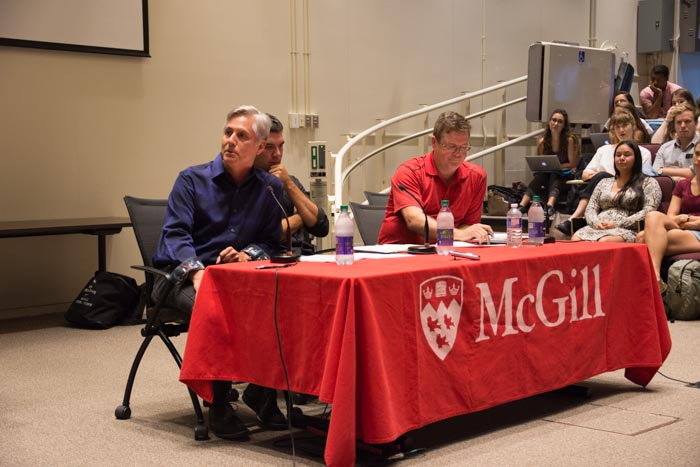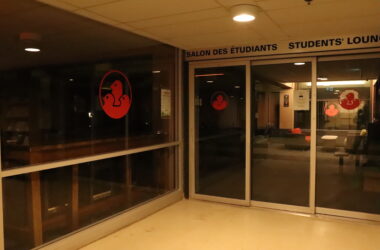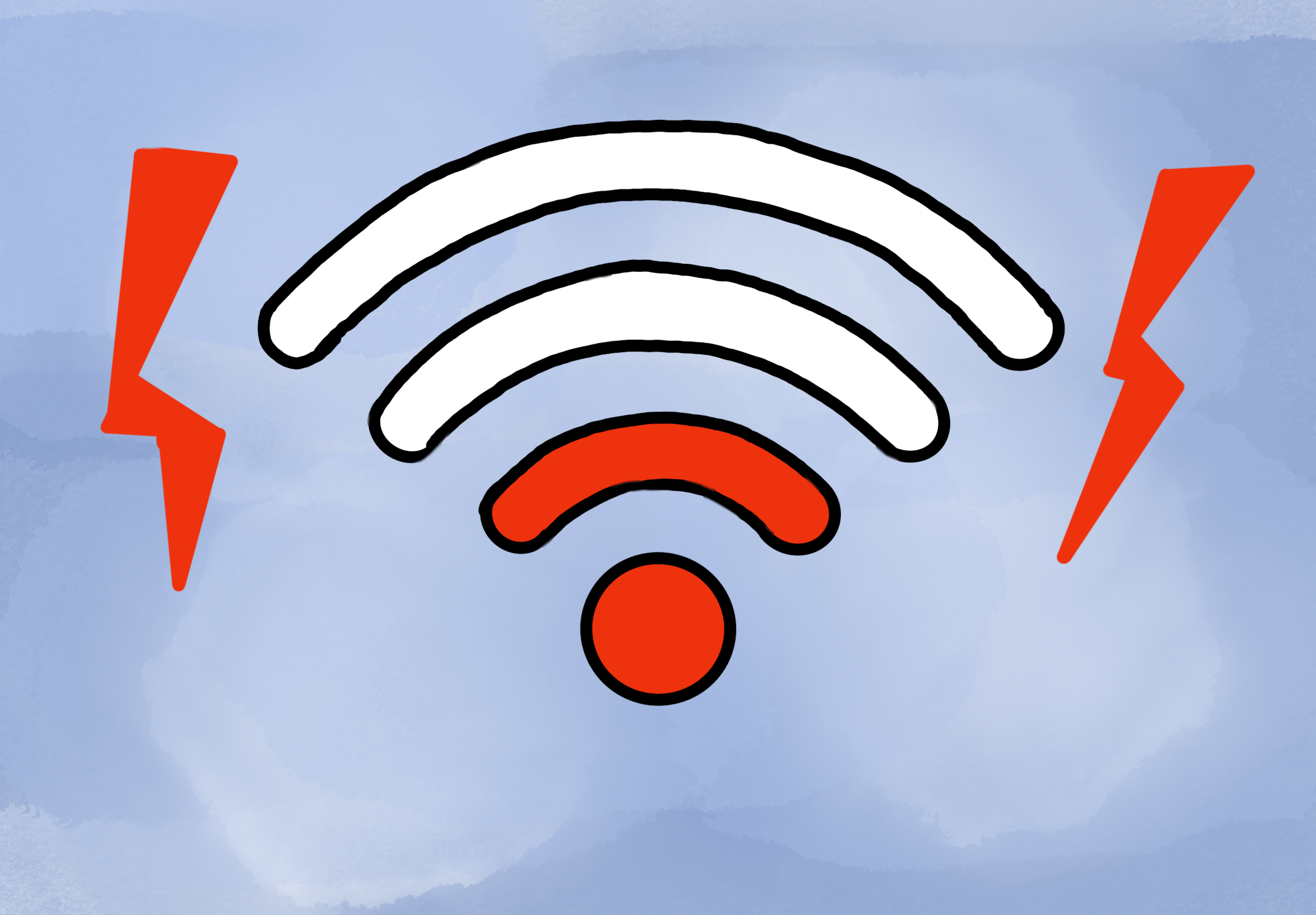From Sept. 18 to 22, the Social Equity and Diversity Education’s (SEDE) Indigenous Education Program hosted the 7th Annual Indigenous Awareness Week. Members of the McGill community attended presentations, film screenings, and activities on intersectionality, indigenous rights, and culture. Among them were presentations on the creation and application of the United Nations Declaration of the Rights of Indigenous People (UNDRIP) and the experiences of indigenous students in academic institutions.
From Principle to Implementation: Indigenous Rights, the Constitution, and UNDRIP in Canada with Dr. Hayden King and Dr. John Borrows
On Sept. 21, the Indigenous Law Association hosted a discussion led by Hayden King and John Borrows. King is a member of the Beausoleil First Nation and current Director of the Centre for Indigenous Governance at Ryerson University. Borrows is a member of the Nawash First Nation and the Canada Research Chair in Indigenous Law at the University of Victoria Law School.
The United Nations adopted UNDRIP in 2007, but, according to Borrows, only the federal government and the provincial governments of British Columbia and Alberta claim to honour it. The purpose of UNDRIP is for member states of the UN to protect indigenous rights by addressing human rights violations. To Borrows, Indigenous Peoples play a vital role in contributing to UNDRIP; tangible ways Indigenous groups can do so include translating the document into their languages and citing their own experiences when using the Declaration in their spaces.
“UNDRIP is […] a challenge to Indigenous Peoples [to enforce UNDRIP in their own spaces],” Borrows said. “We spent about 30 years in the international realm trying to get space to recognize our policies, our languages, our sources, our spirituality. We shouldn’t expect nation-states to only play their role.”
Although King reiterated Borrow’s message on the importance of the Declaration, King highlighted that it is critical to remember the genocidal events behind the creation of this declaration. This dark history includes the impact of the Doctrine of Discovery, a law which permitted Christians to seize indigenous land for Christian monarchs in the late 15th century.
“[UNDRIP]’s emergence in international law in 2007 [was an attempt to reconcile the damage created by] one of the very first pieces of international law which [had] genocidal intent,” King said. “That was the Doctrine of Discovery.”
Worse, the wording and structure of UNDRIP is too soft on member states, according to King. This allows room for states to fall inactive in addressing Indigenous rights.
“[Indigenous activists] weren’t able to change [the wording in] 43 of the articles,” King said. “[People working on the declaration] removed two articles, and added article 46, which is a back door out of [UNDRIP].”
Borrows said that as the Canadian government continues on its path to recognize indigenous rights through legislation like UNDRIP, the public must maintain an open mind and a discerning eye toward the opinions of politicians and activists.
“It’s important to pay attention to the nuance that is presented to us and to be aware of the danger of a single source,” Borrows said. “We can get caught in too much optimism, [and] we can get caught in too much pessimism. There are opportunities and obligations to see this world and its richness and its impoverty.”
For NDN Girls at the End of the World: Stories of Sovereignty with Erica Violet Lee
On Sept. 20, the Institute of Gender, Sexuality, Feminist, and Social Justice Studies hosted a lecture from Erica Violet Lee, a Nêhiya community organizer and current University of Toronto graduate student. Lee discussed her own experiences with feeling unwelcome in academic institutions.
“I was wondering at the beginning of [presentations I give as an activist] if I should introduce myself [in a formal] way,” Lee said. “Because it positions me as a young person, a young brown Indigenous woman, who needs to prove my intelligence and worthiness to speak in a room to take up space in the academies.”
Lee stated that she used to have a more pessimistic view on the Truth and Reconciliation Commission of Canada’s (TRC) Calls to Action, which gives guidelines for institutions to follow to improve indigenous rights, until she met the people who worked on TRC’s guidelines. Lee has grown to believe that universities should take steps outlined in the document to fulfill their role in reconciliation efforts, such as hiring more indigenous faculty and paying indigenous communities for use of their land.
“There are very basic actions which institutions like McGill, University of Saskatchewan, [and] University of Toronto can do to start fulfilling these simple recommendations,” Lee said. "And they’re not.”









